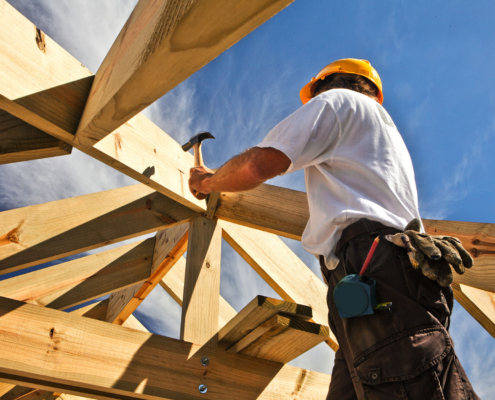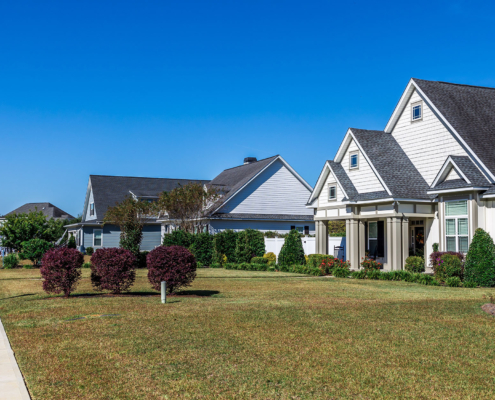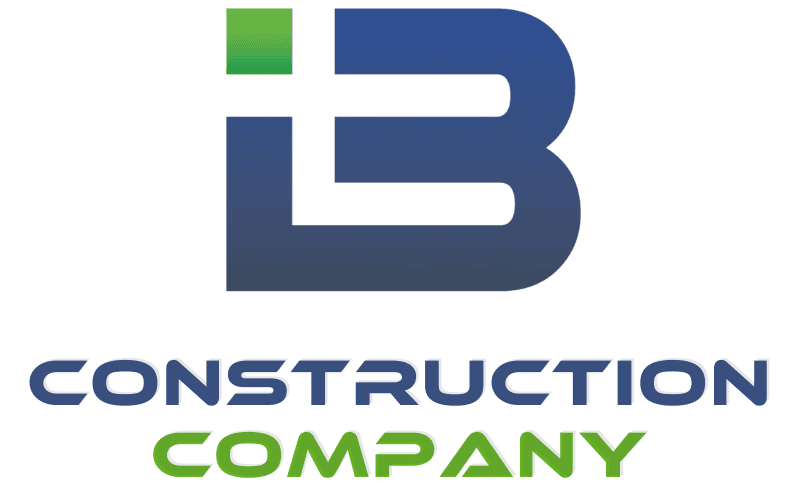Designing for diverse patient needs is at the core of patient safety and accessibility in medical construction. Careful planning ensures that all individuals, regardless of physical limitations or age, can access and use healthcare facilities safely and comfortably. This entails creating spaces that accommodate a wide range of mobility and sensory capabilities.
Ergonomics and safety in hospital spaces are paramount to protect both patients and healthcare workers from injury. The emphasis is on designing environments that promote good posture, minimize strain, and reduce falls. Features such as adjustable beds, proper lighting, and accessible controls contribute to a safer healthcare setting.
Adherence to the Accessibility in compliance with the Americans with Disabilities Act (ADA) is not optional but a legal and ethical imperative in medical construction and design. Facilities must ensure barrier-free access through ramps, wide doorways, and appropriately spaced fixtures to embrace inclusivity and guarantee safety for everyone.
- Entrances, corridors, and doorways designed for wheelchair access
- Restrooms equipped with ADA-compliant features
- Counters and interfaces accessible from a seated position
- Visual and auditory assistance for navigation and communication













